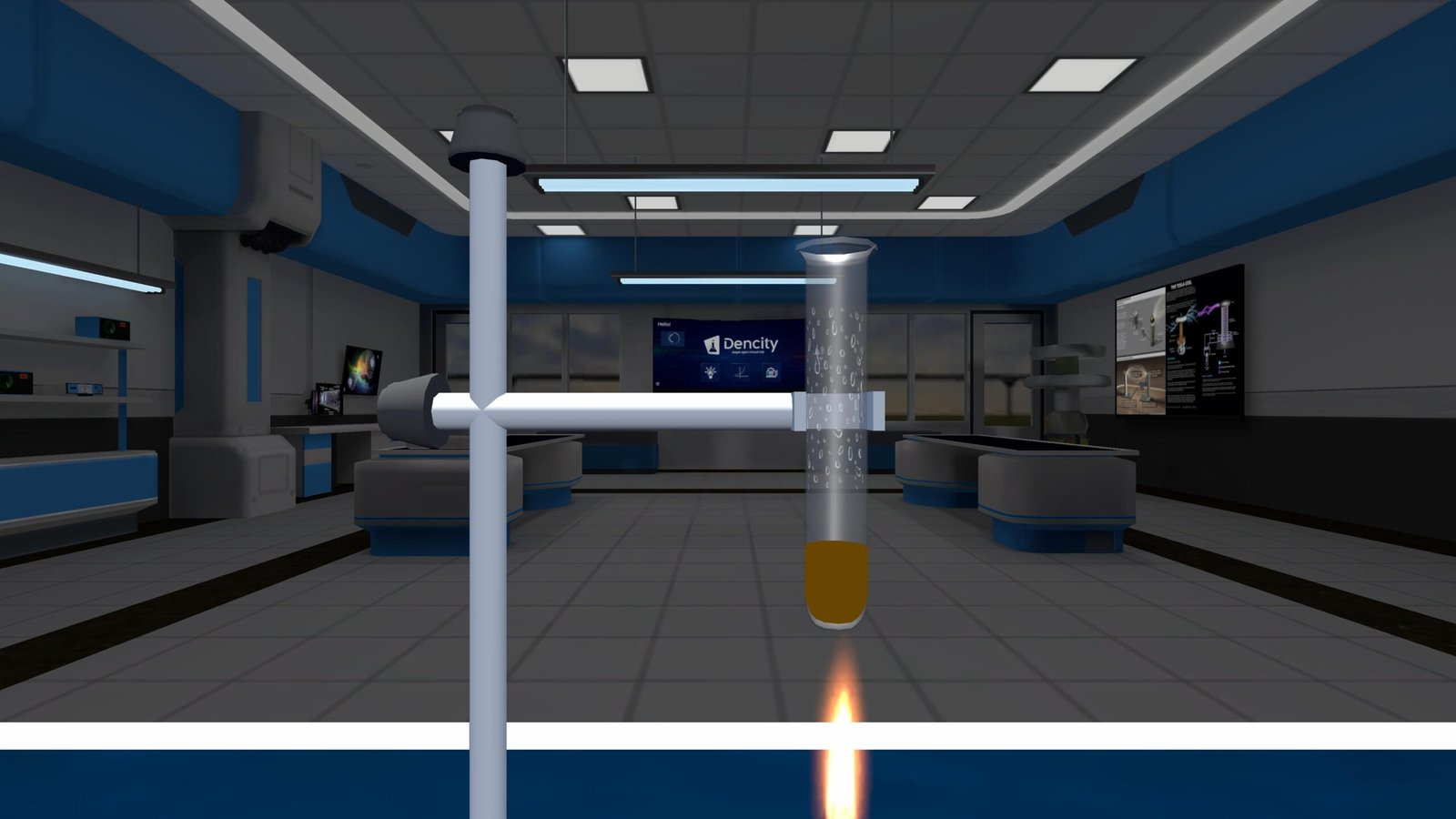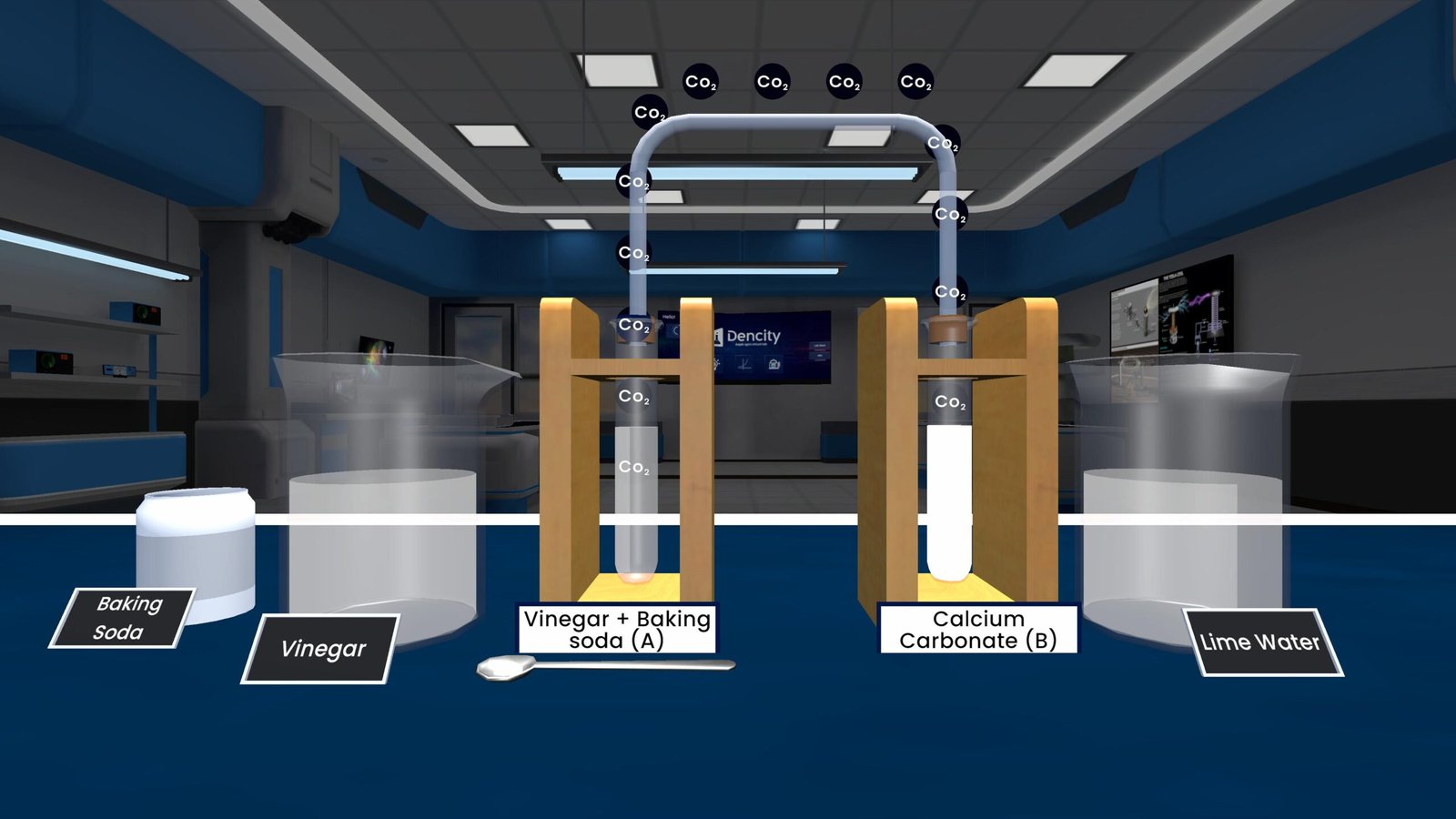Reflection of Light Experiment – Understanding How Light Behaves on a Surface
Reflection of light is the process where light rays bounce back into the same medium after striking a smooth surface like a mirror. It’s one of the fundamental concepts in class 8 science that helps explain how we are able to see objects, use mirrors, and design optical devices.
When a ray of light hits a shiny or reflective surface, it doesn’t pass through—it reflects back. The ray that hits the surface is called the incident ray, and the one that bounces off is called the reflected ray. There is also an imaginary line drawn at 90 degrees to the surface, called the normal.
The angle between the incident ray and the normal is called the angle of incidence, and the angle between the reflected ray and the normal is called the angle of reflection. These angles are always equal. Also, all three—incident ray, reflected ray, and normal—lie in the same plane.
Two Laws of Reflection:
- The angle of incidence is equal to the angle of reflection.
- The incident ray, the reflected ray, and the normal all lie in the same plane.
These rules apply whether the mirror is vertical, tilted, or lying flat. No matter what, light follows these laws when it reflects off a smooth surface.
Summary Table
| Term | Meaning |
|---|---|
| Incident Ray | Light hitting the surface |
| Reflected Ray | Light bouncing off the surface |
| Normal | Line at the point of contact |
| Law 1 | Angle of incidence = angle of reflection |
| Law 2 | All rays lie in one plane |
Real-Life Applications of Reflection
- Mirrors in our homes and vehicles
- Periscopes used in submarines
- Kaleidoscopes that create amazing patterns using mirrors
- Solar cookers that use mirrors to reflect and focus sunlight for cooking
Do It Virtually with Dencity
Instead of just reading about reflection or drawing ray diagrams, why not see it in action? With the Dencity app, students can perform the Reflection of Light Experiment in a fully interactive, virtual science lab.
You can:
- Drag and drop rays of light to see how they reflect
- Adjust the angle of incidence and observe how the reflected ray behaves
- Confirm the laws of reflection visually
- Get instant feedback and step-by-step explanations
Whether you’re on Android, iOS, or Desktop, Dencity gives you a real lab experience from home or school, safely and affordably.
Dencity for Teachers
- Enables interactive teaching by allowing real-time control over ray diagrams
- Teachers can assign experiments and receive auto-generated reports
- Supports virtual classrooms for live science lessons
- Perfect for homework and revision activities
- Visual tools help explain difficult concepts clearly
Works Beautifully on Interactive Touch Panels
Dencity is optimized for interactive touch panels in classrooms. Teachers can simply drag light rays on a large screen, making science engaging and immersive. A great way to modernize your science lab!
Educational Institutions – Contact Us for a Demo or Quote
Want to upgrade your science classes with virtual experiments? Schools and coaching centers can contact us at dencityapp.in for custom pricing, teacher training, and product demos.
Frequently Asked Questions (FAQs)
- What is reflection of light?
It’s the bouncing of light rays back into the same medium after hitting a smooth surface. - What is an incident ray and reflected ray?
The incident ray hits the surface, and the reflected ray bounces off from it. - What is the angle of incidence and reflection?
They are the angles between the rays and the normal. And they are always equal. - What is the normal line?
It’s an imaginary line drawn perpendicular to the surface at the point of contact. - What happens if the ray hits the mirror directly along the normal?
It reflects back in the same direction—no angle is created. - What is the first law of reflection?
Angle of incidence = angle of reflection - What is the second law of reflection?
All rays (incident, reflected, and normal) lie in the same plane. - Can I do this experiment virtually?
Yes! You can perform it easily with the Dencity virtual science lab. - Which class is this experiment suitable for?
This is designed for class 8 science students. - Is Dencity free to use?
Dencity offers free trials and affordable plans for individuals and schools.







